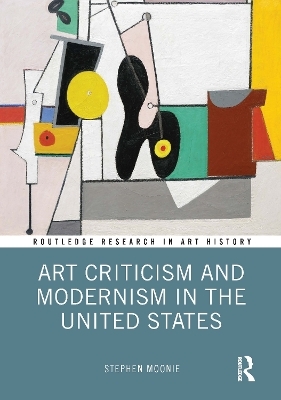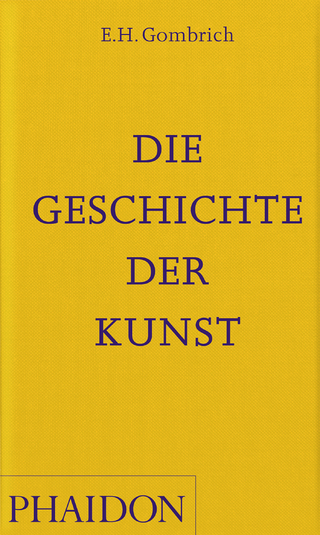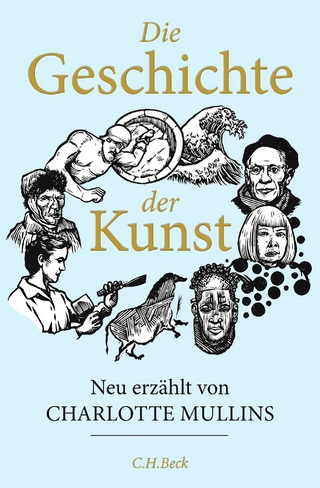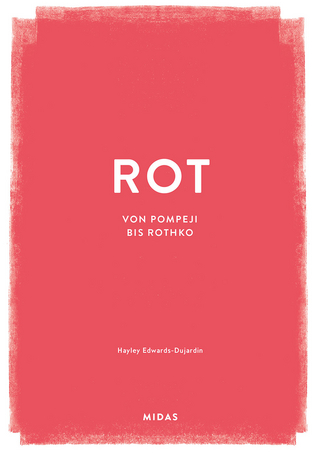
Art Criticism and Modernism in the United States
Seiten
2024
Routledge (Verlag)
978-0-367-56542-8 (ISBN)
Routledge (Verlag)
978-0-367-56542-8 (ISBN)
- Titel z.Zt. nicht lieferbar
- Versandkostenfrei innerhalb Deutschlands
- Auch auf Rechnung
- Verfügbarkeit in der Filiale vor Ort prüfen
- Artikel merken
This study is an analysis of the high point and subsequent decline of modernist criticism in New York during the 1960s. Through a close reading of a selection of key critics of the period, the book examines the ways that modernist criticism’s discourse remains of especial disciplinary interest.
This study is an analysis of 'high' and 'late' modernist criticism in New York during the 1960s and early 1970s. Through a close reading of a selection of key critics of the period—which will expand the remit beyond the canonical texts—the book examines the ways that modernist criticism’s discourse remains of especial disciplinary interest.
Despite its alleged narrowness and exclusion, the debates of the 1960s raised fundamental questions concerning the nature of art writing. Those include arguments around the nature of value and judgement; the relationship between art criticism and art history; and the related problem of what we mean by the ‘contemporary.’ Stephen Moonie argues that within those often-fractious debates, there exists a shared discourse. And further, contrary to the current consensus that modernists were elitist, dogmatic, and irrelevant to contemporary debates on art, the study shows that there is much that we can learn from reconsidering their writings.
The book will be of interest to scholars working in art history, modern art, art criticism, and literary studies.
This study is an analysis of 'high' and 'late' modernist criticism in New York during the 1960s and early 1970s. Through a close reading of a selection of key critics of the period—which will expand the remit beyond the canonical texts—the book examines the ways that modernist criticism’s discourse remains of especial disciplinary interest.
Despite its alleged narrowness and exclusion, the debates of the 1960s raised fundamental questions concerning the nature of art writing. Those include arguments around the nature of value and judgement; the relationship between art criticism and art history; and the related problem of what we mean by the ‘contemporary.’ Stephen Moonie argues that within those often-fractious debates, there exists a shared discourse. And further, contrary to the current consensus that modernists were elitist, dogmatic, and irrelevant to contemporary debates on art, the study shows that there is much that we can learn from reconsidering their writings.
The book will be of interest to scholars working in art history, modern art, art criticism, and literary studies.
Stephen Moonie is Lecturer in Art History in the Department of Fine Art, Newcastle University.
Introduction 1. Clement Greenberg: ‘A Critic on the Side of History’ 2. ‘Restoring Modernism to Health’: Michael Fried 3. Rosalind Krauss: ‘A Broader Modernist Sensibility’ 4. ‘A Rigorous Dialectic of Seeing and Reading’: Annette Michelson 5. Harold Rosenberg: Action, Criticism, and History 6. ‘My Secret Life’: Leo Steinberg 7. Lawrence Alloway and the Complex Present Conclusion
| Erscheinungsdatum | 16.03.2022 |
|---|---|
| Reihe/Serie | Routledge Research in Art History |
| Zusatzinfo | 10 Halftones, color; 30 Halftones, black and white; 10 Illustrations, color; 30 Illustrations, black and white |
| Verlagsort | London |
| Sprache | englisch |
| Maße | 174 x 246 mm |
| Gewicht | 380 g |
| Themenwelt | Kunst / Musik / Theater ► Kunstgeschichte / Kunststile |
| ISBN-10 | 0-367-56542-0 / 0367565420 |
| ISBN-13 | 978-0-367-56542-8 / 9780367565428 |
| Zustand | Neuware |
| Informationen gemäß Produktsicherheitsverordnung (GPSR) | |
| Haben Sie eine Frage zum Produkt? |
Mehr entdecken
aus dem Bereich
aus dem Bereich


